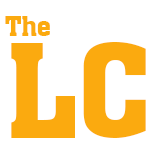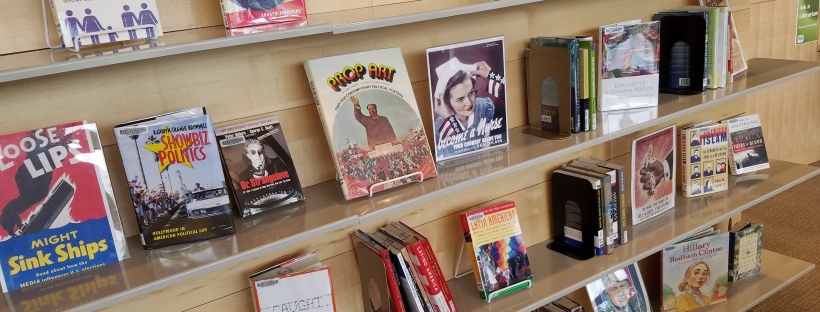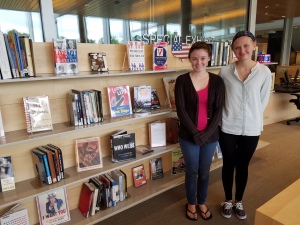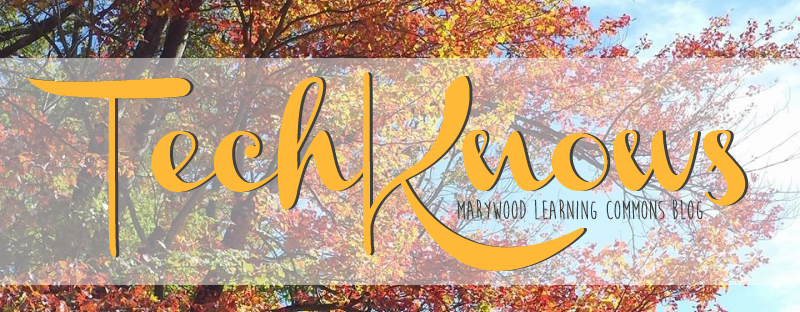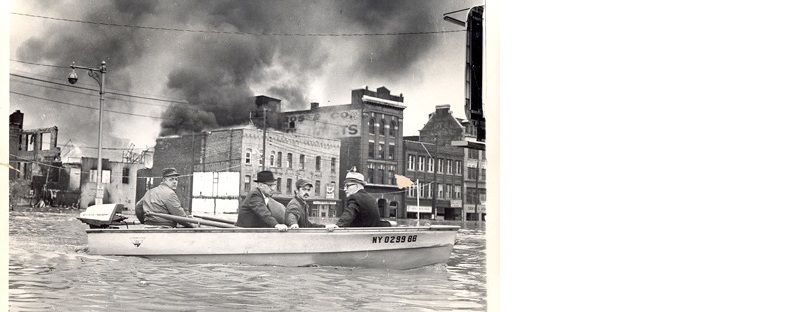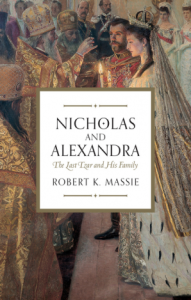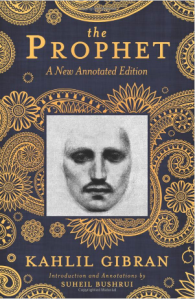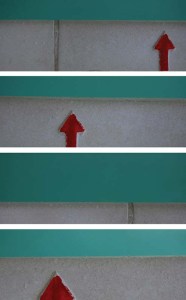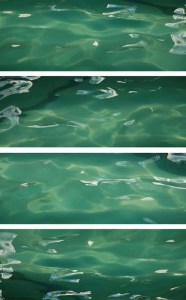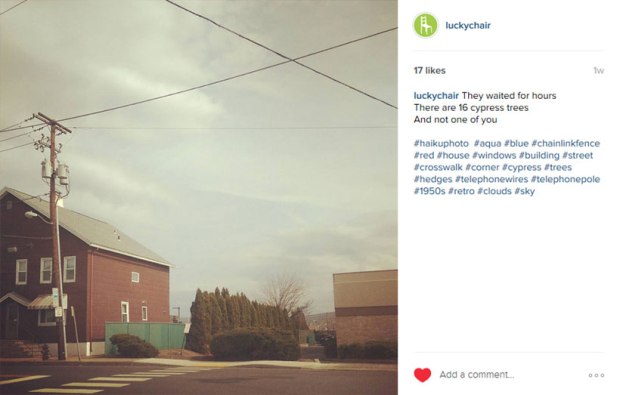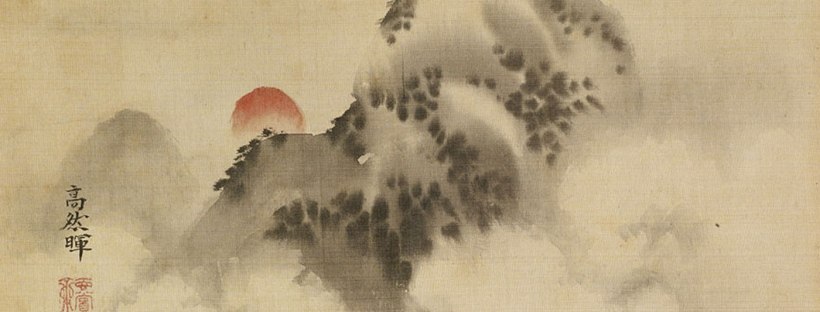Review by Sue Jenkins, Clinical Assistant Professor of Art, Marywood University
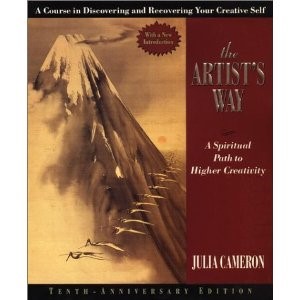
Paperback: 237 pages
Publisher: Jeremy P. Tarcher/Putnam;
2nd Edition (March 4, 2002)
Language: English ISBN-10: 1585421464
ISBN-13: 978-1585421466
Product Dimensions: 9 x 7.4 x 0.7 inches
The first time I heard about The Artist’s Way was through a friend who was in the early planning stages of starting a new business. She described the book to me as “this amazing workbook” that helps you “find your creativity.” About a week later, another friend, an actor, said she was thinking about reading The Artist’s Way, as she had an idea for a screenplay but was feeling too stuck to write it and had heard the book might be helpful. Strangely—unless it was synchronicity at work, as The Artist’s Way calls it, or maybe coincidence, luck, or answered prayers—the book came up in conversation several more times with different people over the next few months. Clearly, the book was on my radar for a reason. Then, the holidays came and a friend gave me a copy of the book for Christmas.
The Artist’s Way bills itself as a 12-week self-study guide that helps readers uncover/rediscover their creativity. The author, Julia Cameron, is a playwright, poet, and writer, who originally wrote the book as a way to document the lessons, tools, and courses of actions she discovered that helped her unblock her own creativity and stay unstuck while she pursued her passions. The book has a down-to-earth style and the writing is refreshingly frank. Reading feels more like talking to a good friend than anything else.
One of the first things the book asks readers to do is to make a commitment to the 12 weeks. Not just the casual thought-promise, but an actual written contract that you make with yourself and then sign. Readers willing to sign often have a better chance of completing the book, but nothing in the book including the contract is a requirement. Everything is a suggestion, and it is up to you whether you choose to take them. For instance, one of the tasks you agree to participate in for the duration of the course is what Cameron calls “morning pages.” These consist of three pages written in long hand on paper, not typed into the computer, to help you get the junk out of your head and clear a path for your creativity to flow. You are also asked to treat yourself to a weekly “artist’s date” where you go, by yourself, on an adventure of some kind, to help you fill your “creative well” which you can draw from later. Another important task is reading a chapter each week and answering, as honestly as you can, a series of questions designed to help you discover your beliefs about important issues in each chapter like safety, identity, power, integrity, possibility, and abundance.
As for my own experience, I learned quite a bit about myself after reading The Artist’s Way. Not only did the readings, weekly questions, morning pages, and artist dates provide me with a better understanding of who I was and what my dreams were, but I also discovered that I had everything I needed (including courage) to pursue to my goals.
The Artist’s Way can be read by individuals or by groups. At the back of the book, Cameron talks about Creative Clusters* comprised of several individuals who gather to support each other while working through the book. There would be no official leaders but there could be facilitators who also participate. She hoped these groups would sprout up all over the country and across the world, and they did. Each cluster would be a group effort, membership would be free, and anyone could join. Cameron’s only caveat was that when people met each week, they would agree to assemble into groups of four members to discuss their experiences. Making a commitment to a group also helps make the members accountable to the duration of the course, so they are less likely to drop out, which often happens when people work through the book alone.
Today I can happily say that I’ve worked through The Artist’s Way six separate times, four times alone and twice with a group, and each time I discover something new. In fact, I’m a huge advocate for the book and tell all my students about it at the start of each new semester. Of course, no book is perfect, and I do have some criticisms about the writing and the process. For example, to do the book thoroughly, one must make a time commitment of roughly thirty minutes per day for writing, an hour a week for reading, plus another hour or two per week for artist dates. Those who don’t have the time to do it all simply won’t get as much out of the book. Even so, I wish there was some kind of note to the reader that they can, and should, still complete the course even if they fall short of doing all the recommended tasks along the way. Too many people tend to drop out for fear that they should only do it if they can do it perfectly. In my view, some is always better than none. Another thing I find curious is that the author calls the writing exercises “morning pages” as if the time of day is critical to the success of this technique. In my experience, doing the writing daily, regardless of the time of day, is what is most important.
Simply put, The Artist’s Way is perfect for anyone who wants to live a more creativity-filled life. This includes designers, painters, sculptors, jewelers, illustrators, printmakers, ceramicists, photographers, crafters, art therapists, teachers, parents, writers, musicians, singers, chefs, bakers, carpenters, athletes, architects, mathematicians, philosophers, historians, scientists, and everyone else who wants to engage their creativity in a more meaningful way.
To get started on your creativity journey, pick up a used copy of this book in paperback for about $10 from Amazon.com. To learn more about The Artist’s Way, check out Julia Cameron’s website at http://juliacameronlive.com.
*If you are interested in joining an Artist’s Way Creative Cluster on campus at Marywood, please contact Sue Jenkins at suejenkins@marywood.edu
FEATURED IMAGE : Gao Ranhui – Misty Mountains – Walters
